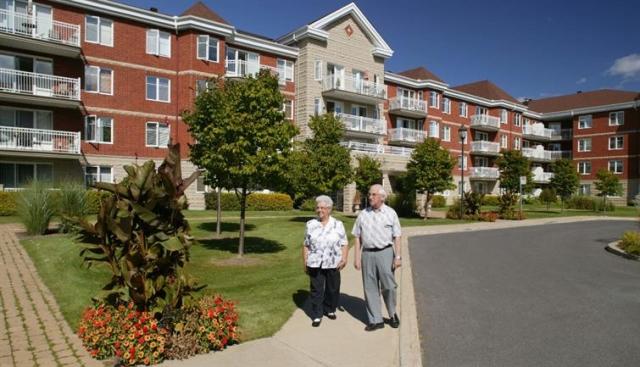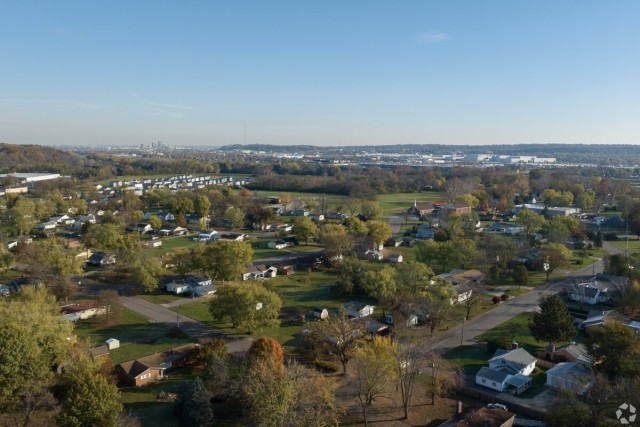Many senior citizens live on fixed incomes. Unfortunately, programs such as Social Security aren’t always enough to pay for living expenses, including housing. This forces many older people to seek low-income senior housing to stretch their dollars and make ends meet.
There are numerous options for low-income senior housing, available through the government and through the private market. This article will explain how and where to find low-income senior housing, how to qualify and apply, and the types of housing available as low-income senior citizen homes.

Types of Low-Income Senior Housing
Most forms of low-income senior housing are available through four programs subsidized or supported by the U.S. Department of Housing and Urban Development. Those programs are:
- Low-Income Housing Tax Credit properties: In the LIHTC program, developers and investors get tax credits for buying, rehabbing, or building rental housing intended for lower-income people. In exchange, all or a portion of the apartments are set aside for low- or fixed-income tenants. Your eligible income and your rent will be based on the average income for the area where you live. Many LIHTC properties are operated as 55+ or 62+ communities, or senior apartments. These are the types of low-income senior housing you’ll often see on After55.com. Contact the apartment communities to see about availability and your eligibility.
- Section 202 Supportive Housing for the Elderly: Section 202 housing serves very low-income senior citizens, including the frail elderly, who also need help with cooking, cleaning, and transportation. HUD provides capital advances to private, nonprofit sponsors to finance properties to be used as senior citizen homes. HUD also provides rent subsidies for residents. Contact your local HUD office for more information.
- Public Housing: These are apartment complexes or high-rises operated by city or county public housing agencies. Tenants must be low income, and they pay about 30 percent of their income for rent and utilities. About 31 percent of public housing tenants are elderly. Contact your local public housing agency about availability and to apply.
- Housing Choice Voucher Program (Section 8): This voucher program helps low-income families, the elderly, and disabled people pay the rent in privately owned, market-rate apartments. Tenants generally pay 30 percent of their monthly adjusted gross income for rent and utilities, and the voucher makes up all or most of the difference. Vouchers also can be used to buy homes. For more information and to apply, contact your local public housing agency.
Keep in mind that “low income” does not mean housing is located in a dangerous neighborhood. If the housing units or apartment communities are well-designed and managed properly, and are in secure neighborhoods, then you or your loved one will be fine. Be aware, however, that all of these low-income senior-housing programs might have long waiting lists.
How to Find Low-Income Senior Housing
Not all affordable senior housing is necessarily government-subsidized housing labeled as low income. The first step in finding senior housing that fits your budget is to assess the current rental market. Consider what your monthly budget is, your location requirements, and what housing amenities you want. If you’re downsizing, consider how many bedrooms you actually need.

To view affordable rentals, start by visiting Apartments.com to search for apartments in your area. Filter the listings by the price that you can afford. You also can specifically search for cheap apartments. When searching, use the filters to seek out rentals that have disability access, allows pets, have the right number of bedrooms, or other amenities that you are looking for.
Alternatively, do a housing search that targets communities specific to seniors by visiting After55.com. Type in the location in which you want to search, the housing type if you specifically want a house, an apartment, or a townhome, and under living type, choose "affordable."
If you are specifically seeking government-subsidized low-income senior housing, contact your local public housing agency or HUD office.
Where to Find Low-Income Senior Housing
The areas below are the most popular metros for low-income senior housing on After55.com:
- Atlanta
- Austin
- Columbus
- Dallas
- Denver
- Indianapolis
- Las Vegas
- Miami
- Milwaukee
- Orlando
- Phoenix
- San Antonio
- Tampa
How to Qualify for Low-Income Senior Housing
Each low-income housing program has slightly different requirements. With qualifications for age, income, and more, it can be tricky to navigate the options and figure out which one is best for you.
That’s why we recommend contacting your local public housing agency or HUD office to walk you through the programs that you may qualify for. Additionally, these local offices can connect you to resources beyond federal government programs. These resources might include state or local services, assistance with your utility bills, and more. In the case of Low-Income Housing Tax Credit properties – those most often listed as low-income senior housing on After55.com – contact properties to see whether you qualify.
This article was originally published on After55.com on August 29, 2016. It was last updated on March 15, 2023.




